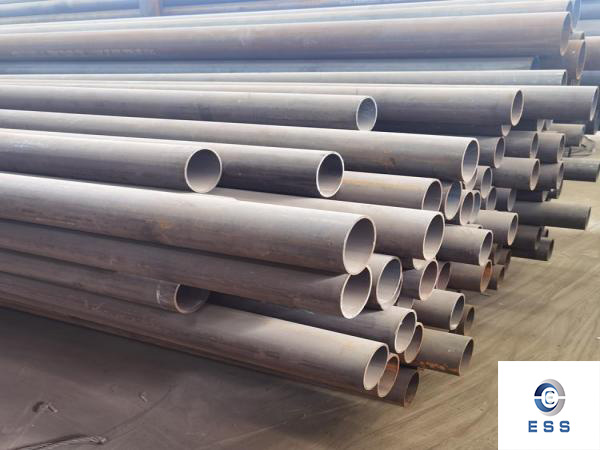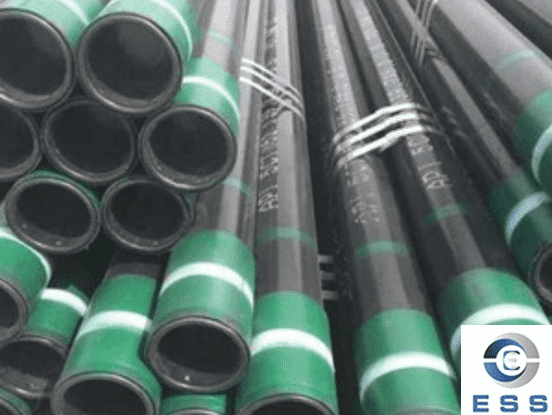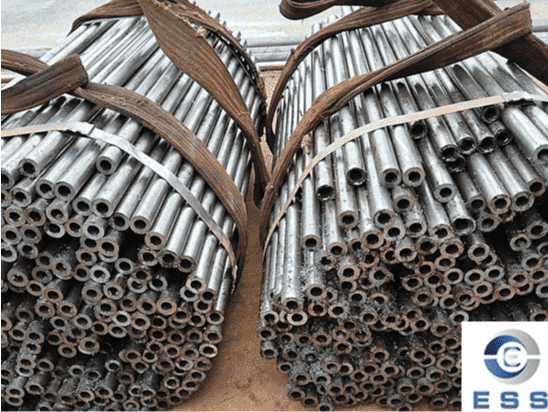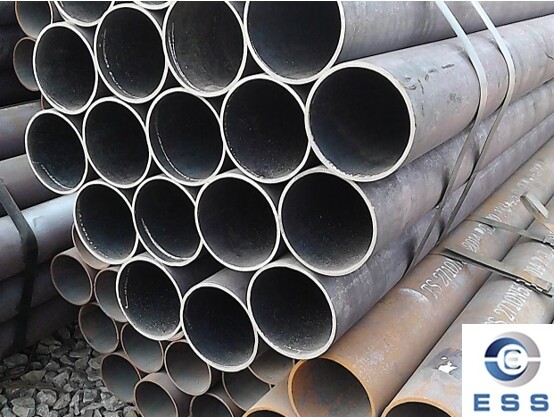Arrangement of heat exchange tubes

The heat exchange tube is one of the components of the heat exchanger. It is placed inside the cylinder and is used to exchange heat between two media. Has high thermal conductivity and good isothermal properties. It is a device that can quickly transfer heat energy from one point to another with almost no heat loss, so it is called a heat transfer superconductor, and its thermal conductivity is thousands of times that of copper. Stainless steel seamless pipes are generally used, including
welded pipes and
seamless pipes.
Common arrangements of heat exchange tubes:
There are four main types, namely equilateral triangle arrangement (arrangement angle is 30°), corner equilateral triangle arrangement (arrangement angle is 60°), square arrangement (arrangement angle is 90°), and corner square arrangement (arrangement angle is 45°). To be more specific, it is:
1. Arrangement of equilateral triangles.
One side of an equilateral triangle is perpendicular to the flow direction, which is a more commonly used form. Compared with the square arrangement, the heat exchange tubes in the equilateral triangle arrangement are all equally spaced, so a large number of tubes can be arranged on the same tube plate area, the heat transfer coefficient is higher, and about 15% of the tube plate area can be saved, and it is convenient The tube plate of the tube heat exchanger is scored and drilled, but the heat exchange tubes are not easy to clean. It is suitable for working conditions where dirt does not form or dirt can be cleaned by chemical methods and where the pressure drop is allowed to be high. It should be noted that when the shell side requires mechanical cleaning, the triangular arrangement must not be used.
2. Arrange the corners in an equilateral triangle.
One side of the corner triangle is parallel to the flow direction, and its characteristics are between the two arrangements of equilateral triangle and square. Because the gradually thickening condensate film formed on the outer surface of the bottom heat exchange tube will weaken the heat transfer, it is not suitable to be used. It is suitable for horizontal condensers, but it is easy to clean mechanically. It is often used in floating head heat exchangers where the shell-side medium is prone to fouling. The inter-tube channel should be continuous along the entire tube bundle, and a 6mm cleaning channel should be ensured. At the same time, in rod-supported longitudinal flow heat exchangers, this arrangement is often used to facilitate the discharge of the baffle rods.
3. Square arrangement.
For a square arrangement, the pipes are rotated 90 degrees. It is generally used in floating head heat exchangers and U-shaped tube heat exchangers to clean the outside of the heat exchange tubes.
4. Corner square arrangement.
The corner square arrangement is to rotate the pipe 45 degrees.
It is worth noting that (1) the equilateral triangle arrangement and the corner square arrangement are called staggered in terms of heat transfer. Turbulence can be formed when the medium flows, which is beneficial to heat transfer; while the corner triangle and square arrangements are called in-line in heat transfer. , part of the medium flow is laminar flow, which has a negative impact on heat transfer. Therefore, for heat exchangers without phase change, it is advisable to adopt an equilateral triangle or corner square arrangement; for condensers with phase change, corner triangle and square arrangements can generally be used. (2) For multi-pass tube and tube heat exchangers, the combined arrangement method can be used. Each course is arranged in an equilateral triangle, and the spaces between each course are arranged in a square shape to facilitate the arrangement of dividing partitions.
In short, different heat exchange tube arrangements have their own advantages and disadvantages. The appropriate arrangement should be selected according to actual needs in engineering design to achieve the best heat exchange effect and operating efficiency.













 Eastern Steel Manufacturing Co.,Ltd not only improve product production and sales services, but also provide additional value-added services. As long as you need, we can complete your specific needs together.
Eastern Steel Manufacturing Co.,Ltd not only improve product production and sales services, but also provide additional value-added services. As long as you need, we can complete your specific needs together.










